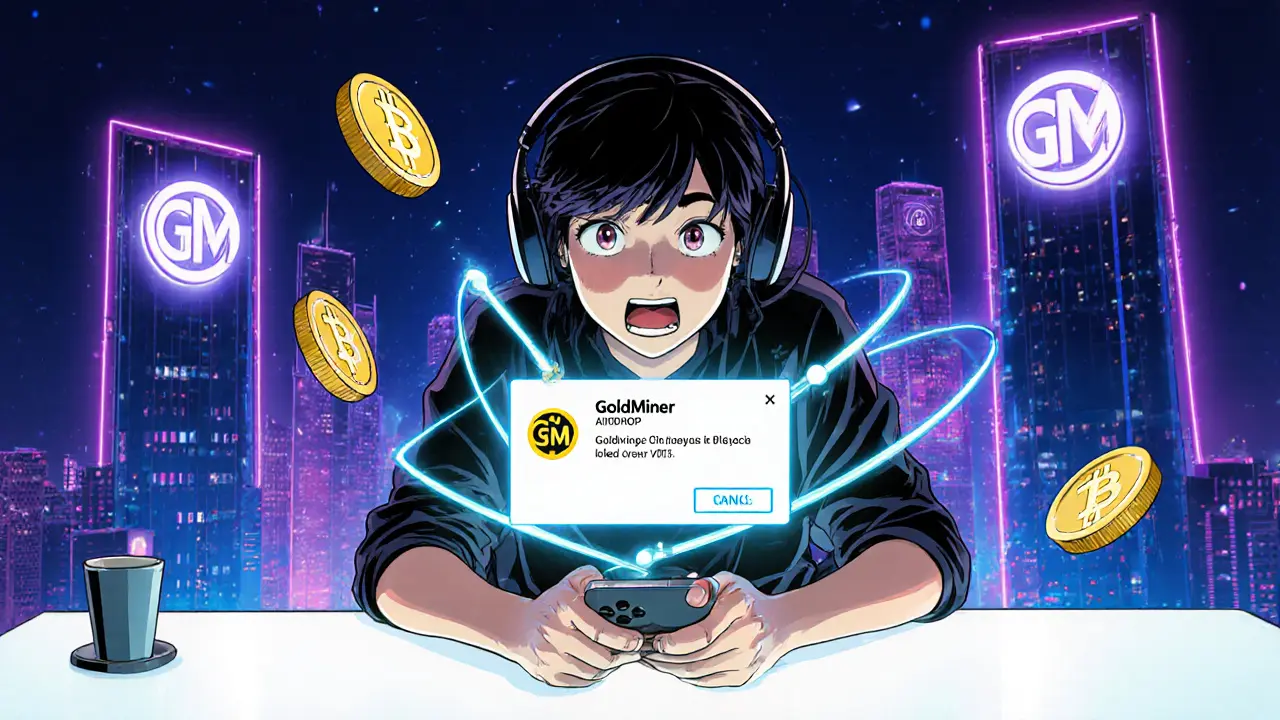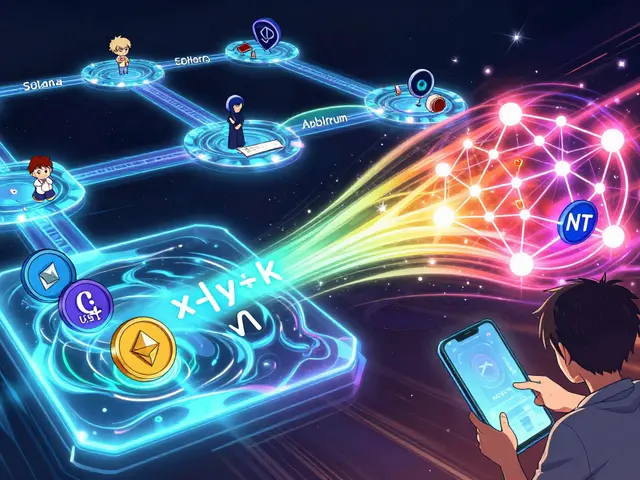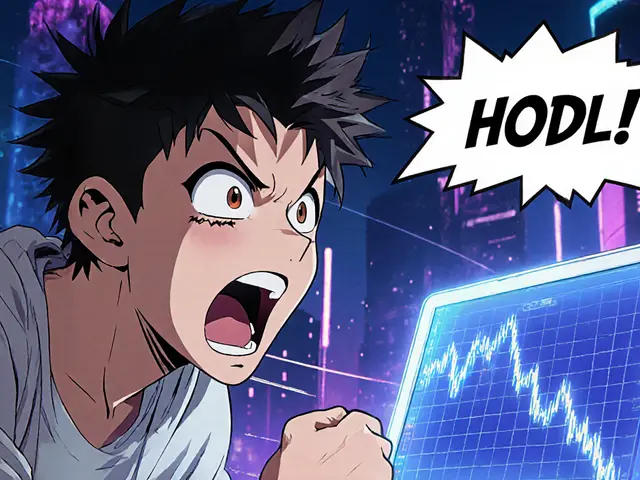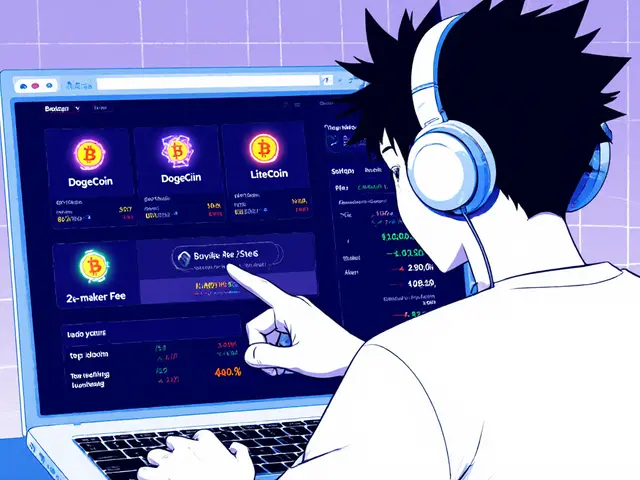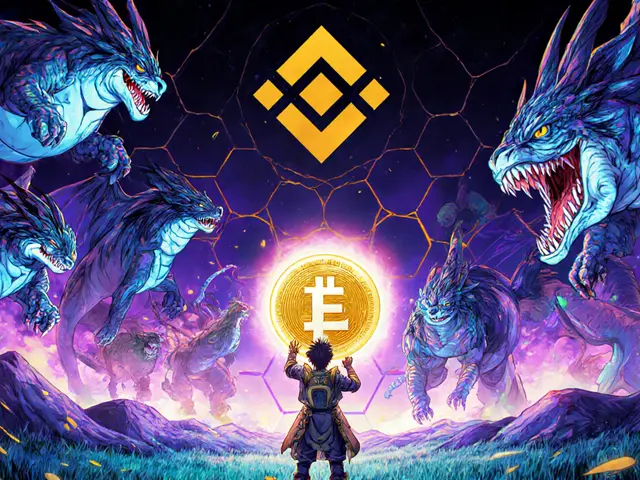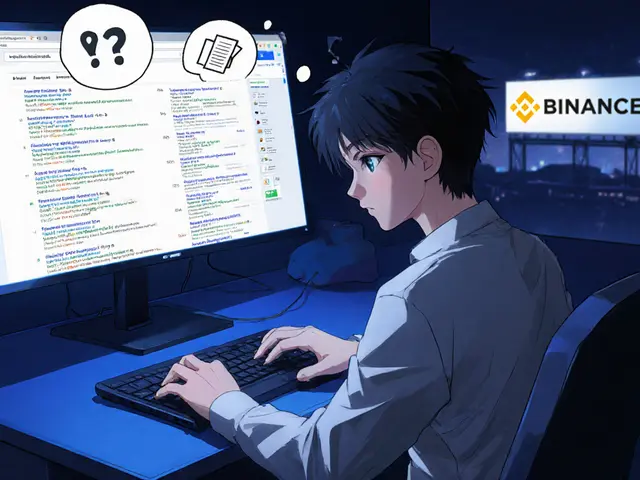Play-to-Earn Gaming: How Crypto Meets Gaming
When talking about play-to-earn gaming, a model where players earn crypto assets by playing video games. Also known as P2E, it blends entertainment with real‑world value.
Play-to-earn gaming lets you turn in‑game time into tradable tokens, NFTs, or even fiat cash. The idea started with early blockchain titles and exploded as big studios added reward layers. Today, anyone with a wallet can join, earn, and trade without needing a traditional job.
Why NFTs and Airdrops Matter
A big driver is NFT, non‑fungible tokens that represent unique in‑game items or characters. Because each NFT is one‑of‑a‑kind, players can truly own skins, weapons, or land parcels and sell them on secondary markets. This ownership creates real scarcity and pushes the economy forward.
Another catalyst is the airdrop, a free distribution of tokens to eligible users. Airdrops reward early adopters, boost community buzz, and often serve as a launchpad for new games. When a popular title announces an airdrop, you’ll see spikes in player sign‑ups and wallet activity.
Both NFTs and airdrops influence player adoption, forming a loop: more NFTs mean higher token demand, which makes airdrops more attractive, which brings in fresh players ready to earn more NFTs.
The third piece of the puzzle is the crypto gaming token, the native currency used to buy, sell, and reward in‑game actions. Tokens power marketplaces, fund development, and enable staking for extra earnings. Strong tokenomics—clear supply, utility, and governance—are essential for a sustainable game economy.
Play-to-earn gaming requires solid tokenomics because players care about long‑term value. If a token inflates too fast or lacks real use cases, the community loses interest. That's why many projects publish roadmaps, vesting schedules, and governance proposals to keep holders informed.
Beyond the core mechanics, the ecosystem leans on blockchain infrastructure. Fast, cheap chains like Polygon or BSC keep transaction fees low, which matters when players mint or trade NFTs every few minutes. Meanwhile, Layer‑2 solutions add scalability without sacrificing security.
Security is another non‑negotiable factor. Hacks on wallet integrations or smart contracts can wipe out earnings overnight. Players should always use reputable wallets, enable two‑factor authentication, and verify contract addresses before interacting.
Community engagement rounds out the picture. Discord groups, Telegram channels, and Twitter feeds let developers gather feedback, announce updates, and run contests. A vibrant community often decides whether a game survives the hype cycle.
Below you’ll find a curated list of articles that dive deeper into each of these areas—mining pools, Merkle tree tech, airdrop guides, token reviews, and more. Whether you’re new to play‑to‑earn or looking to sharpen your strategy, the posts provide practical steps and real‑world examples to help you earn smarter.
The OneRare First Harvest airdrop gave 101 winners ingredient NFTs to start playing the world’s first food-themed Web3 game. Learn how it worked, what you got, and what’s next for $ORARE.
Read MoreGet the full breakdown of GoldMiner (GM) CMC airdrop details, token stats, liquidity risks, and how it compares to top play‑to‑earn games.
Read More

